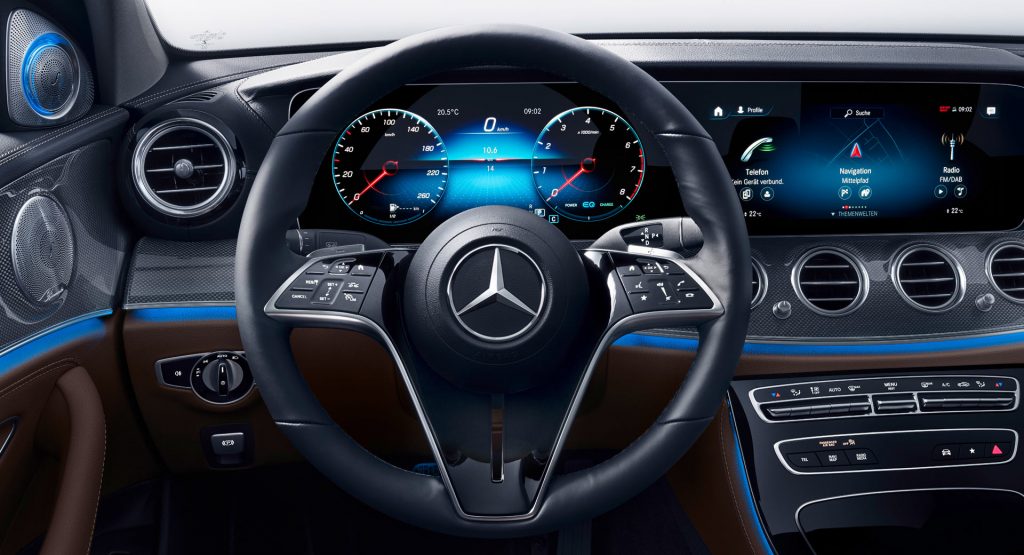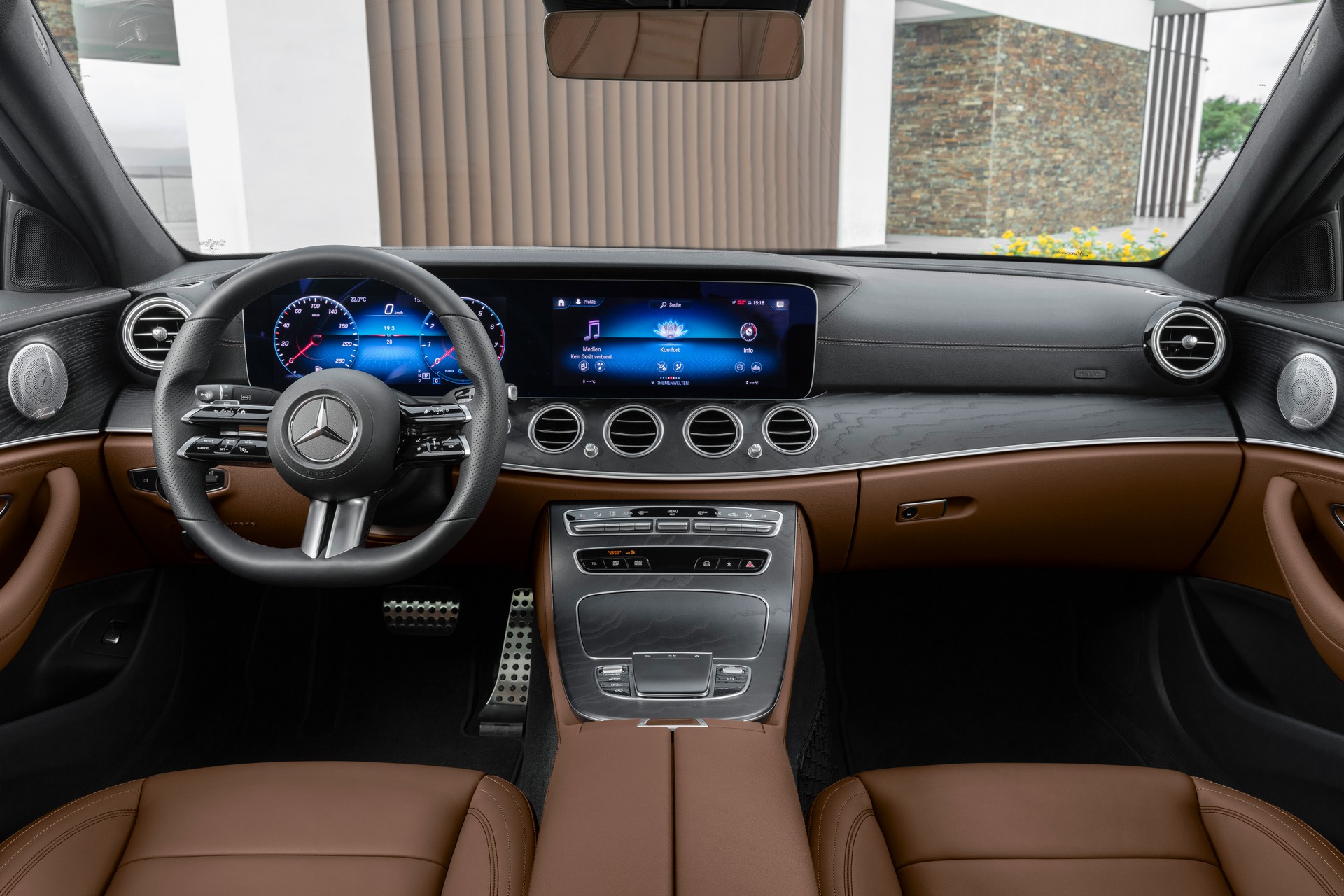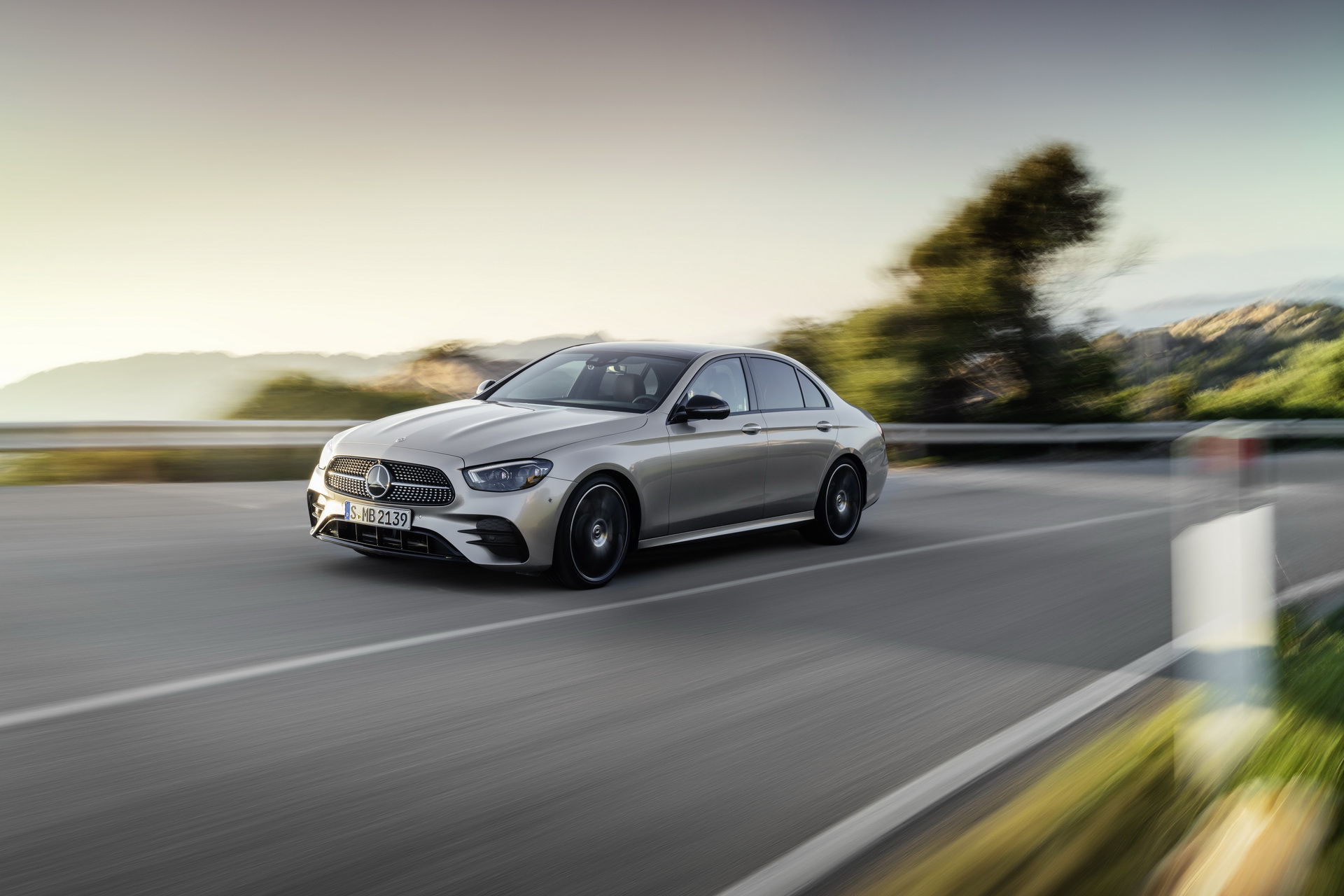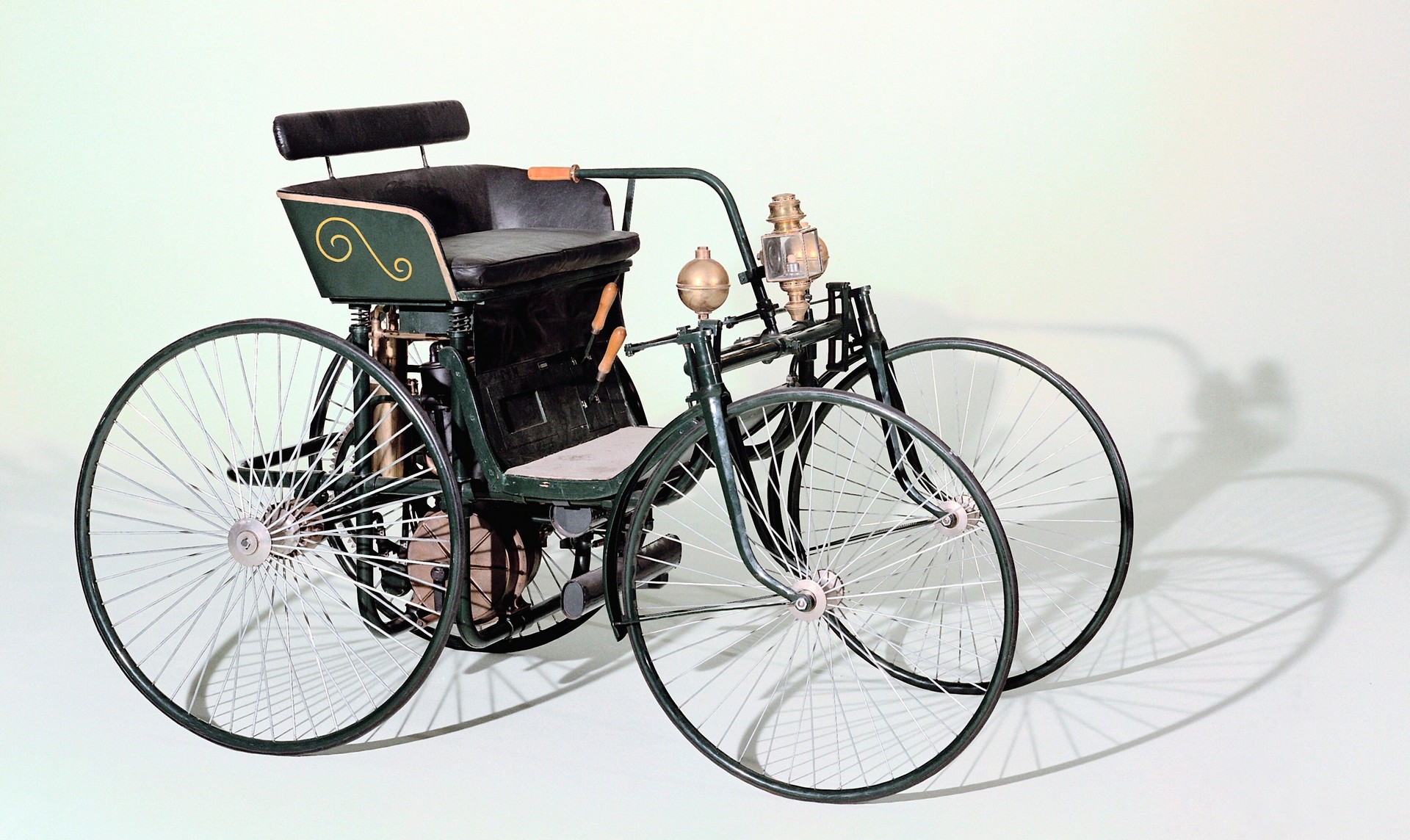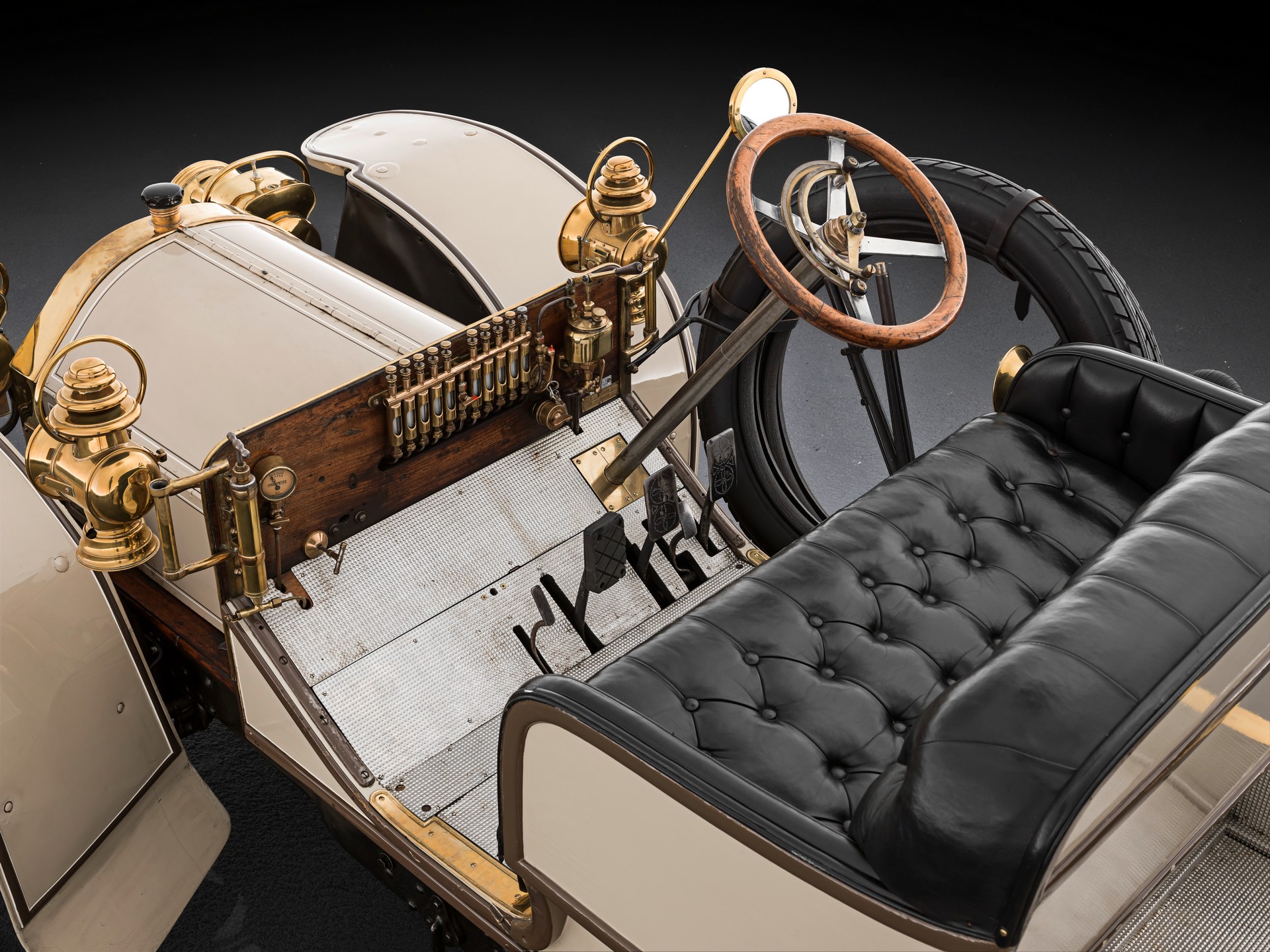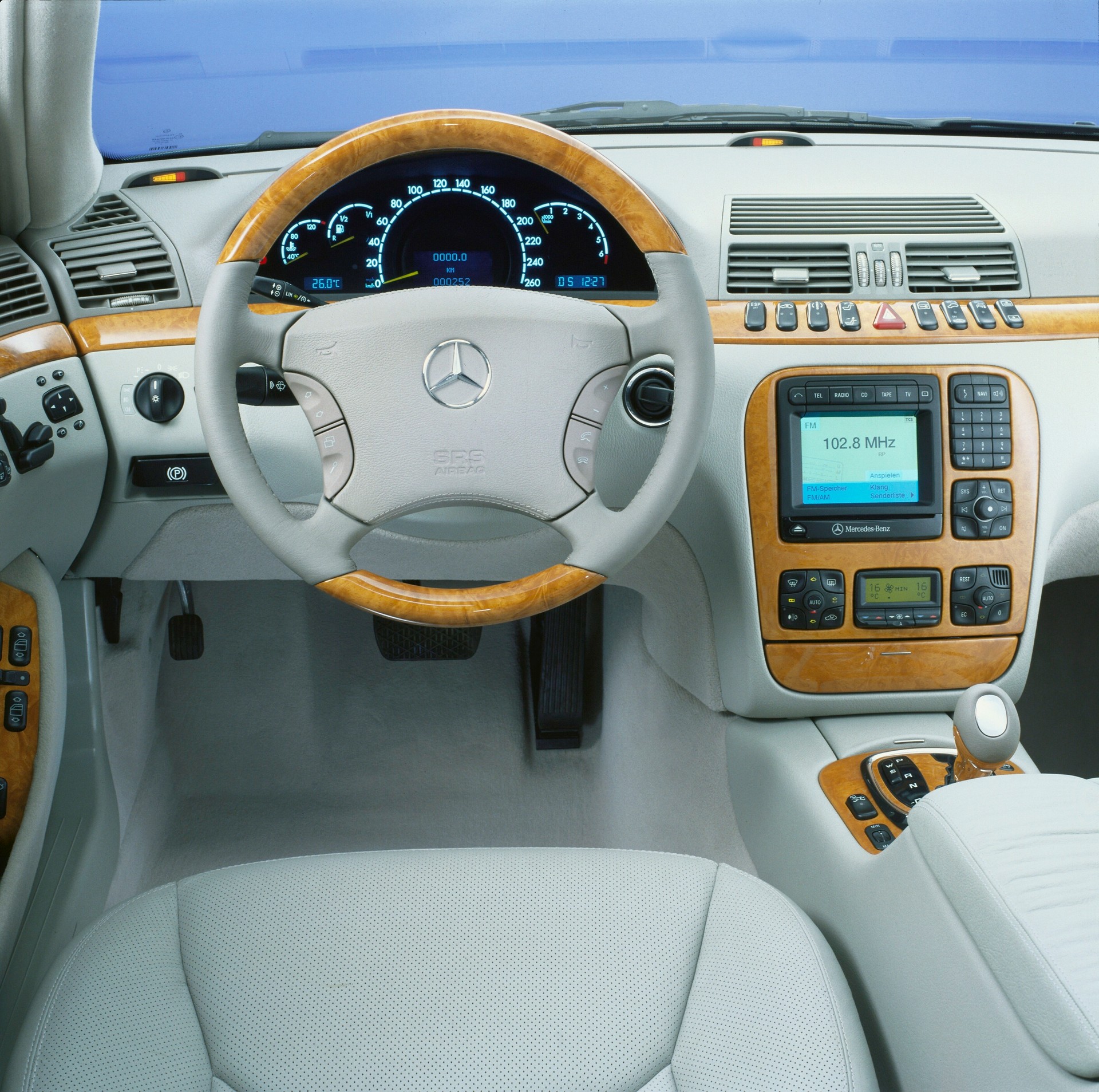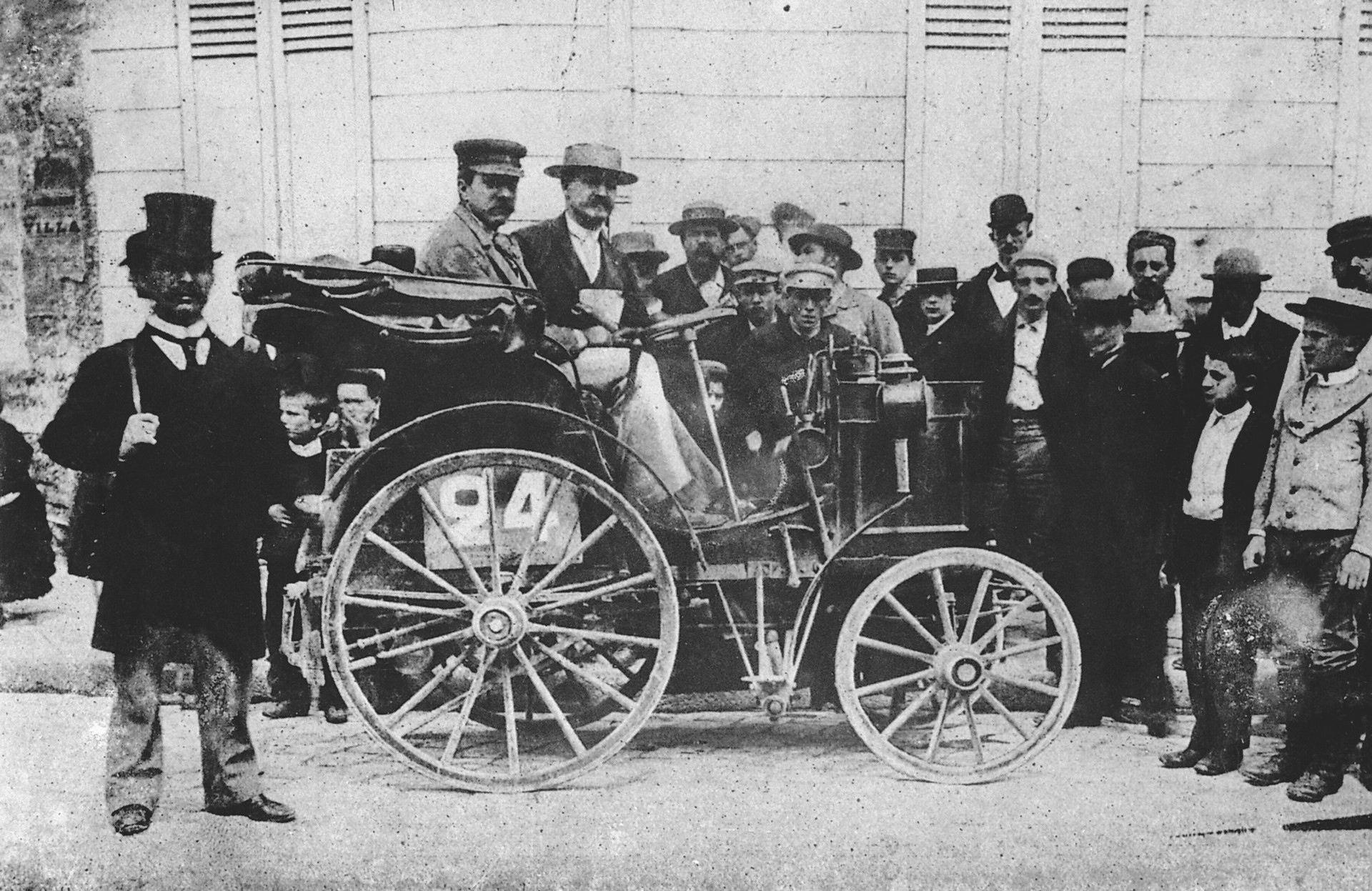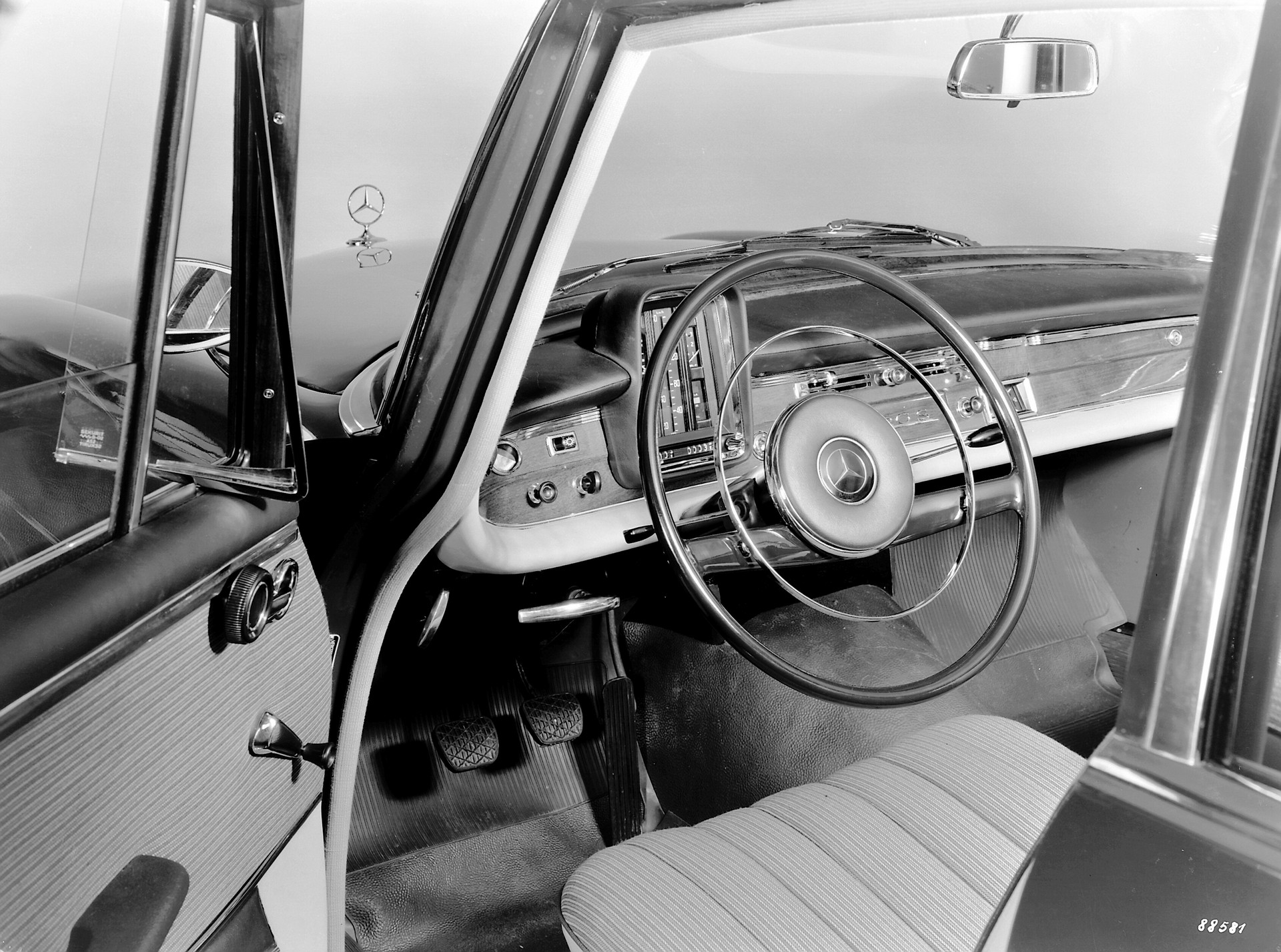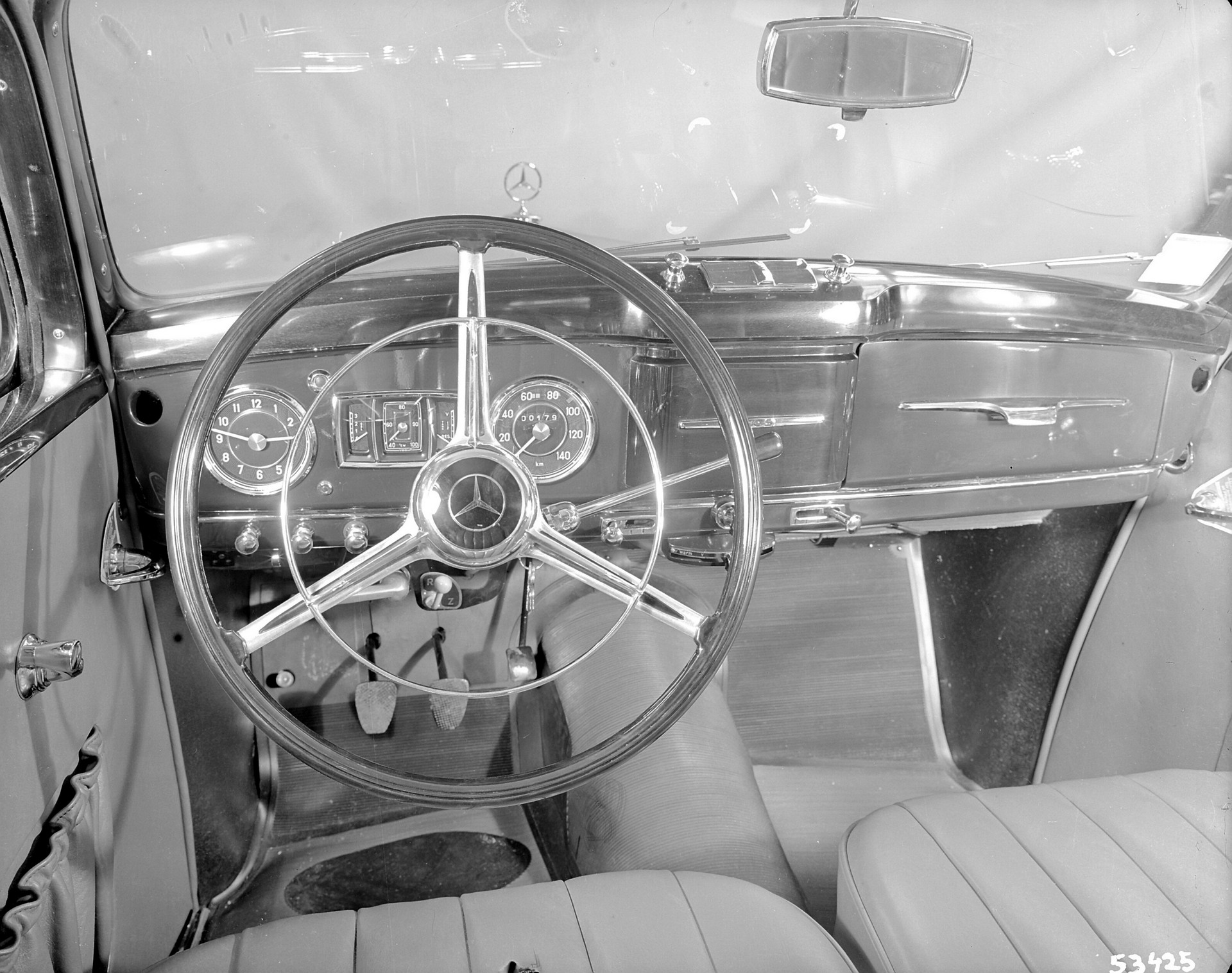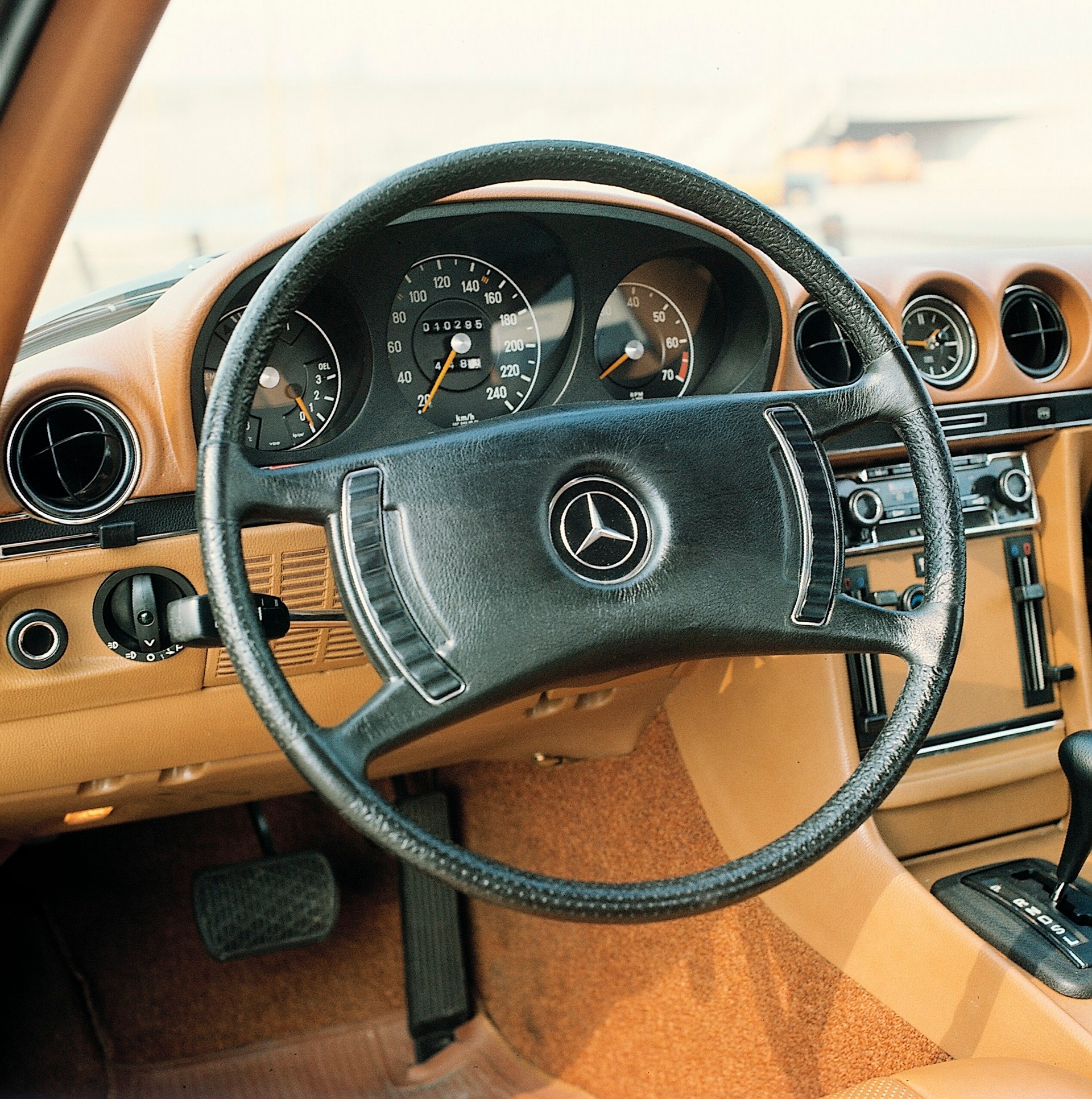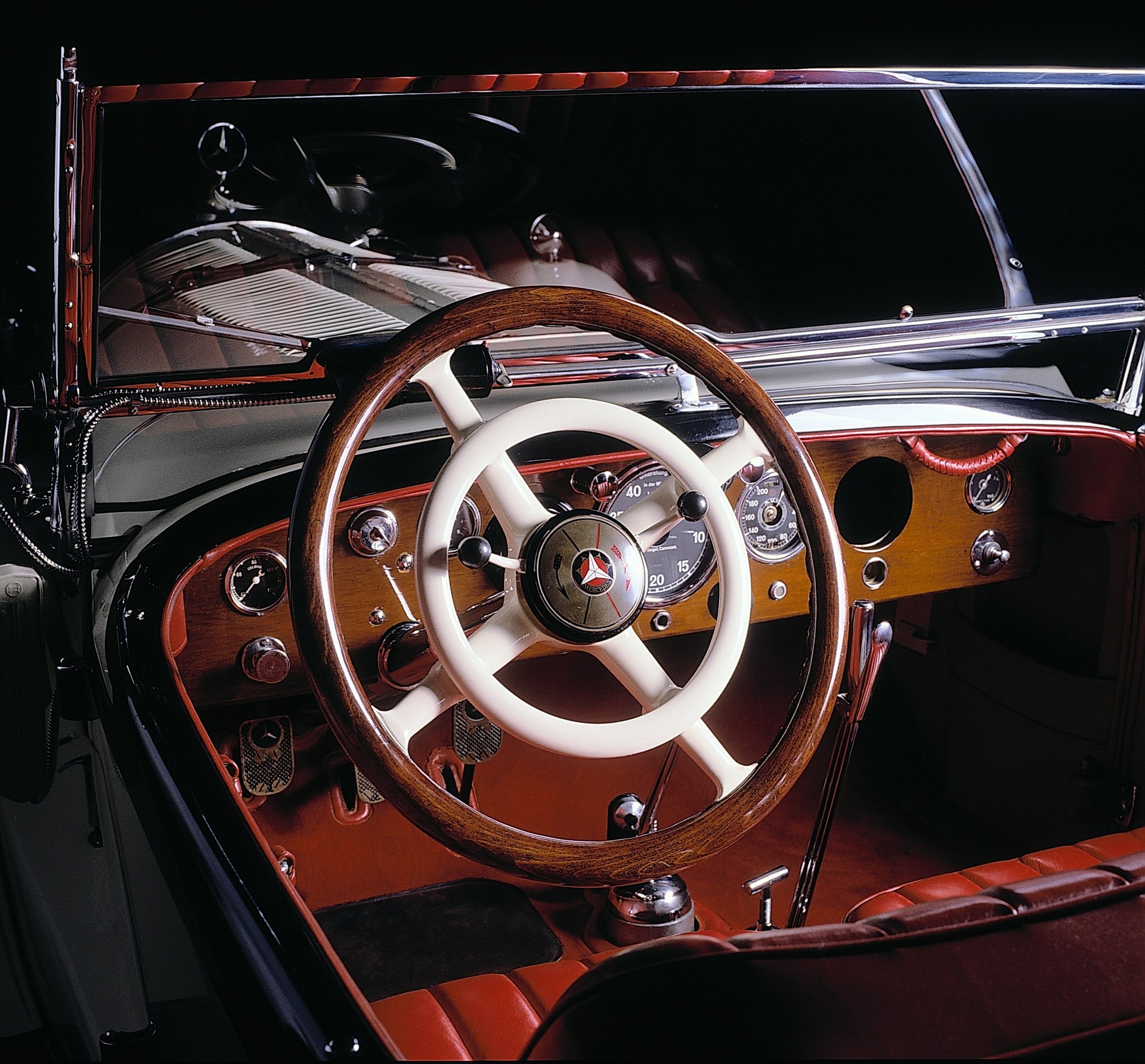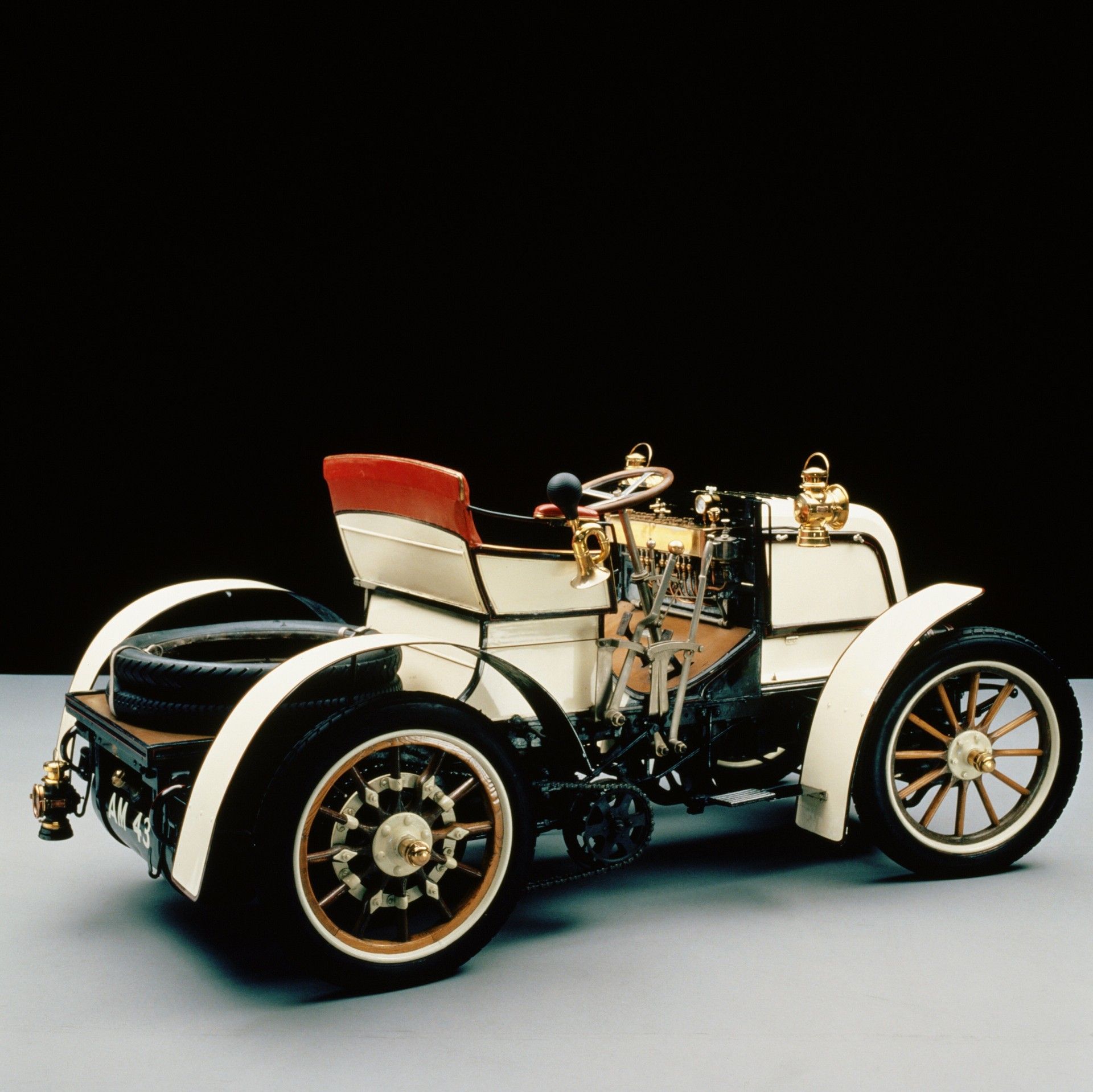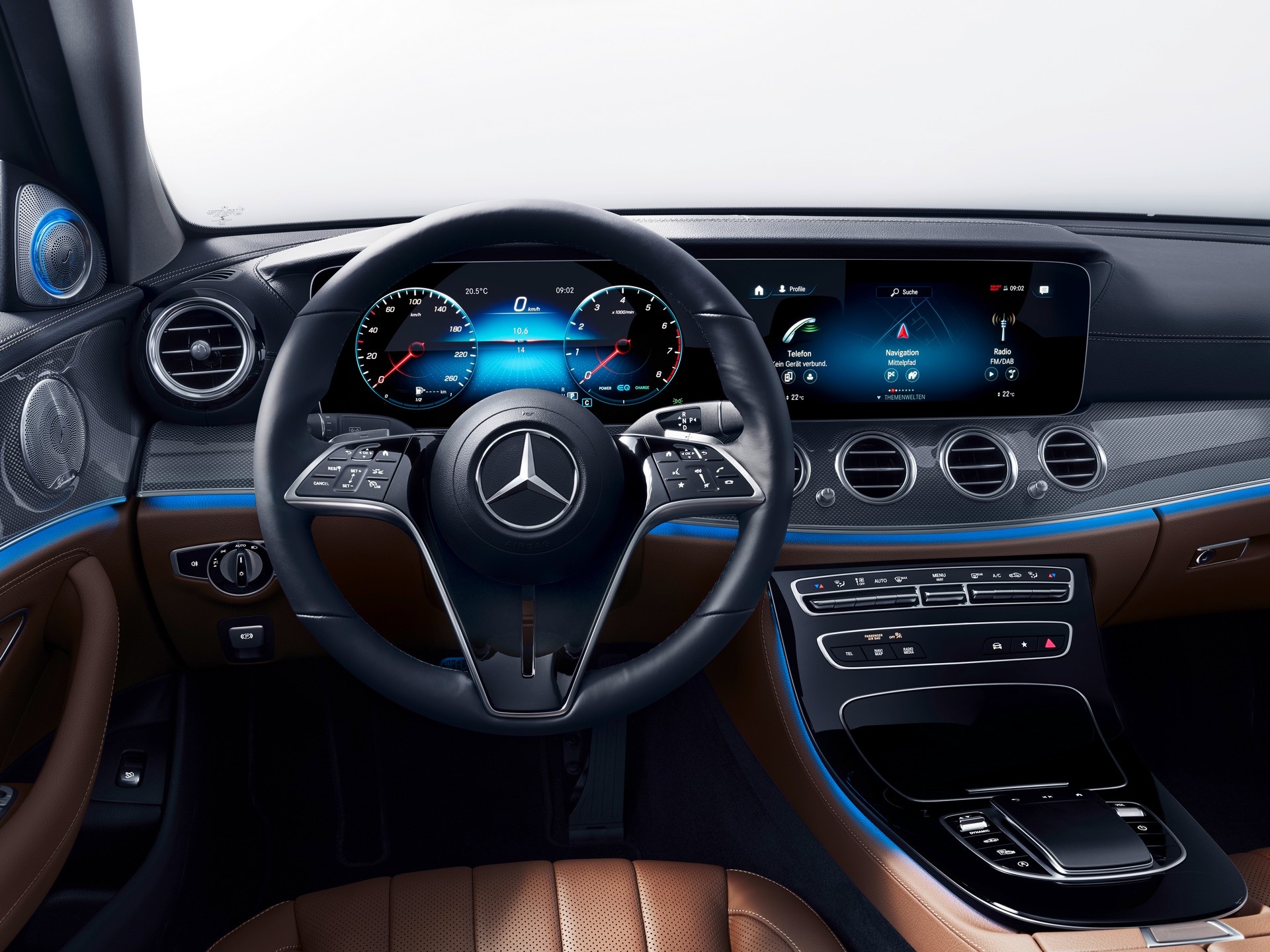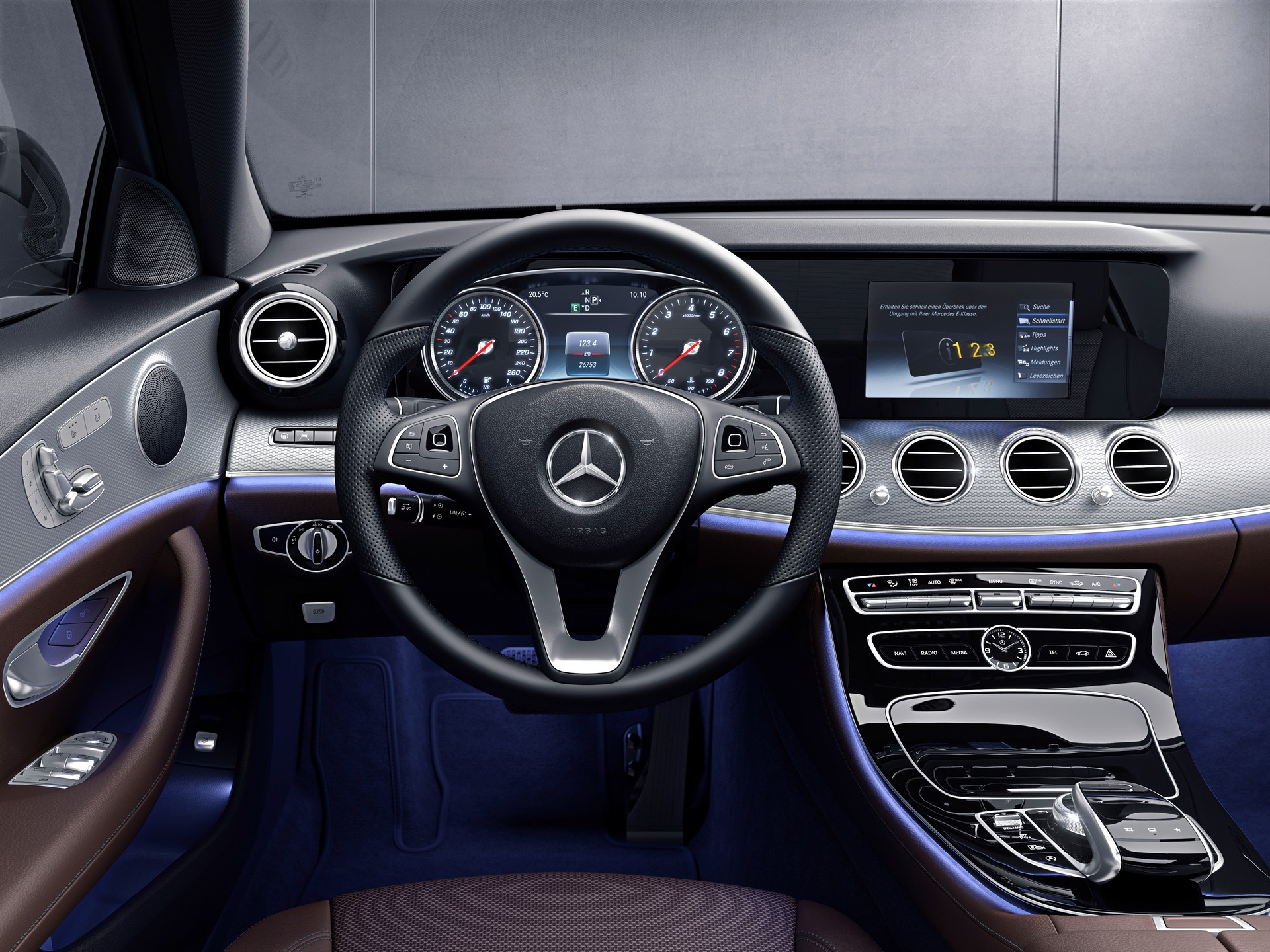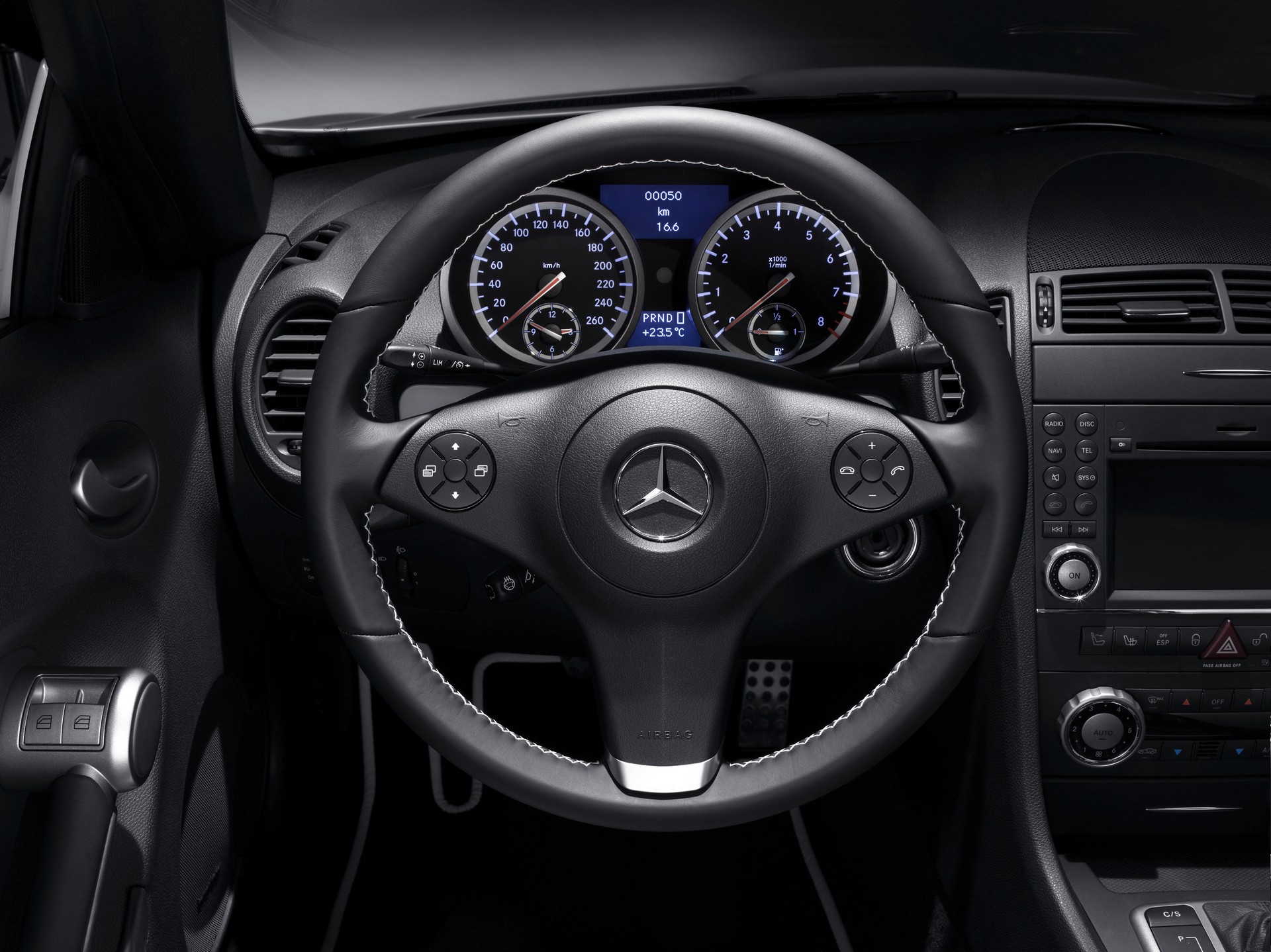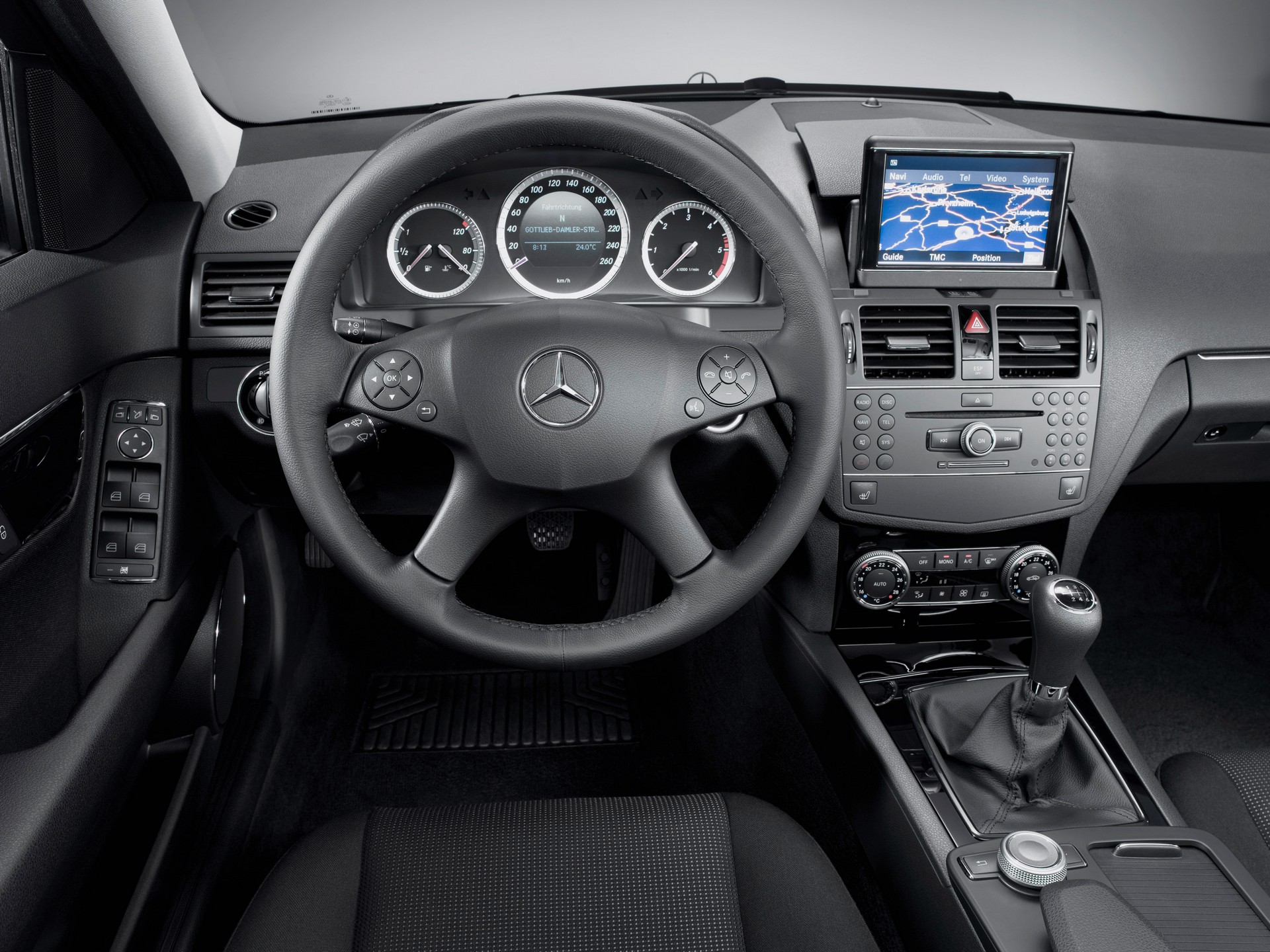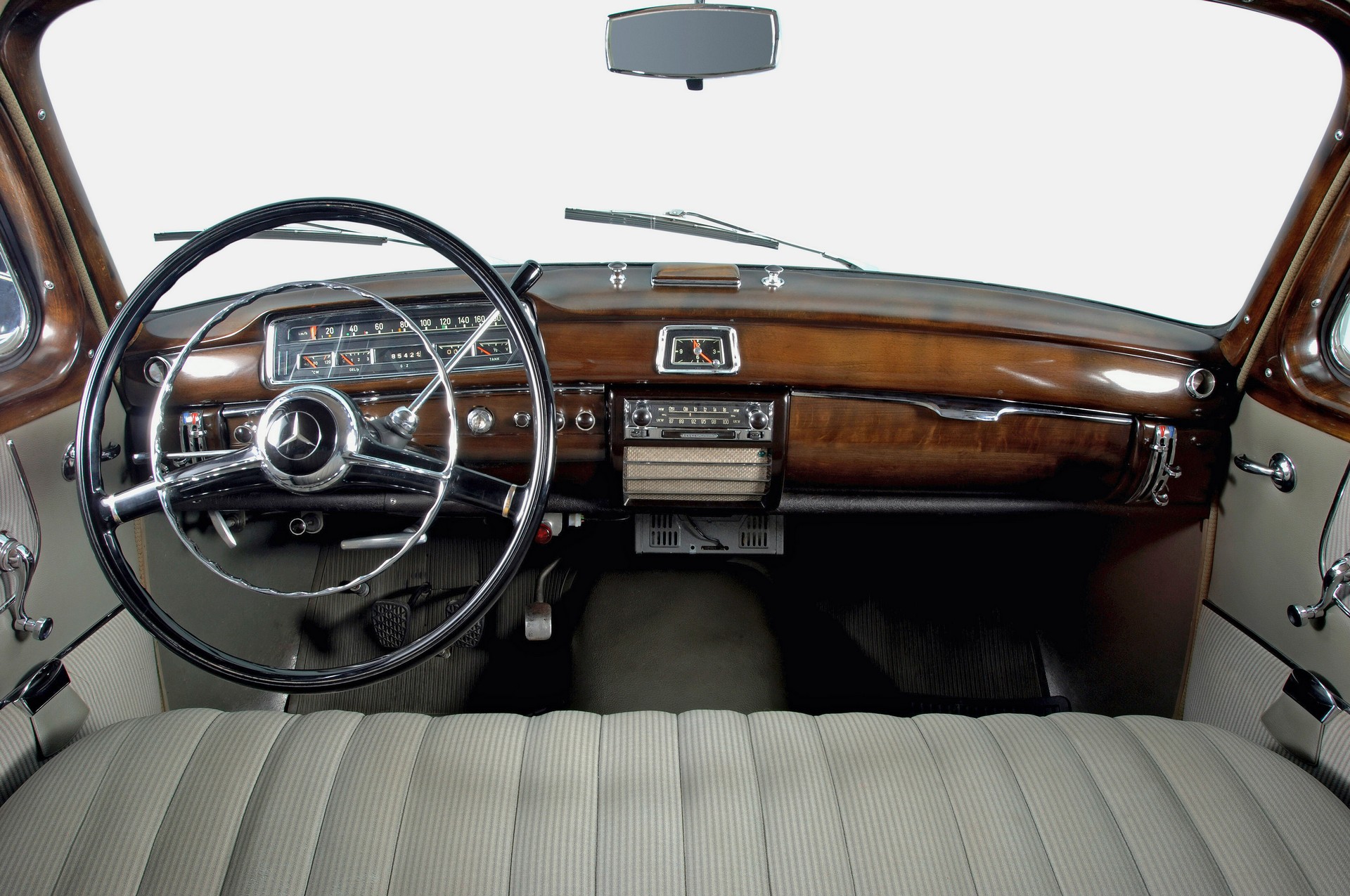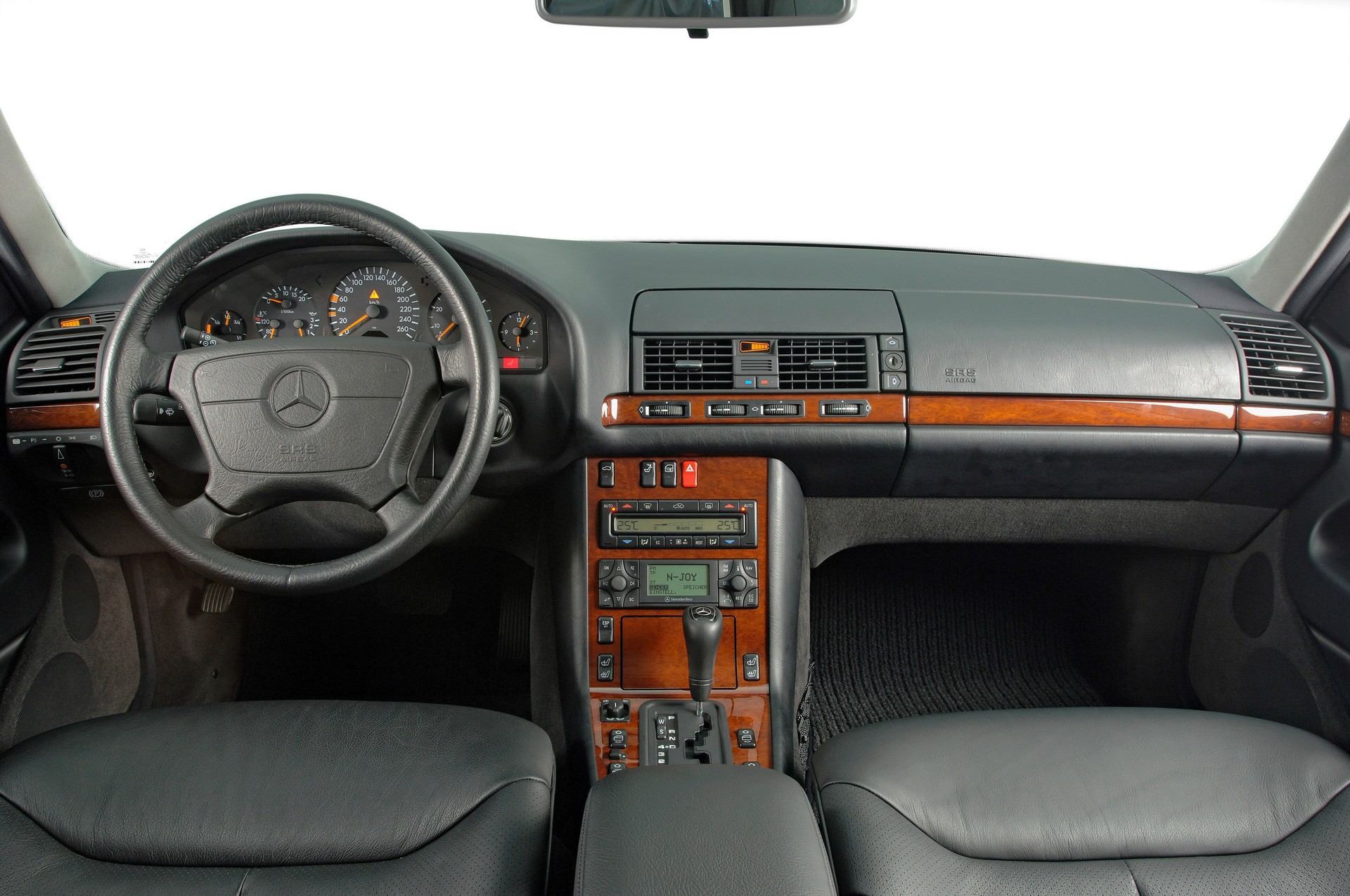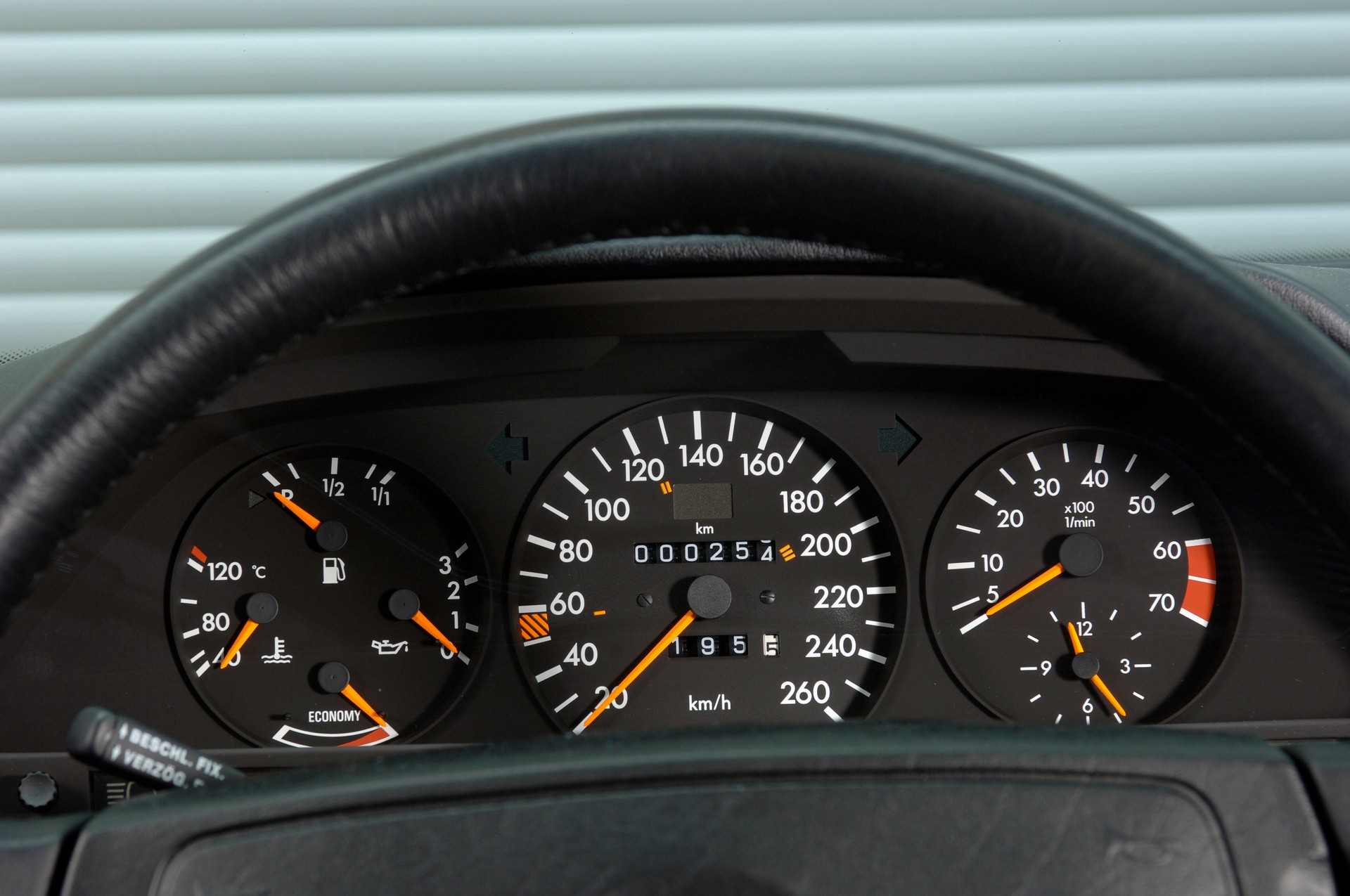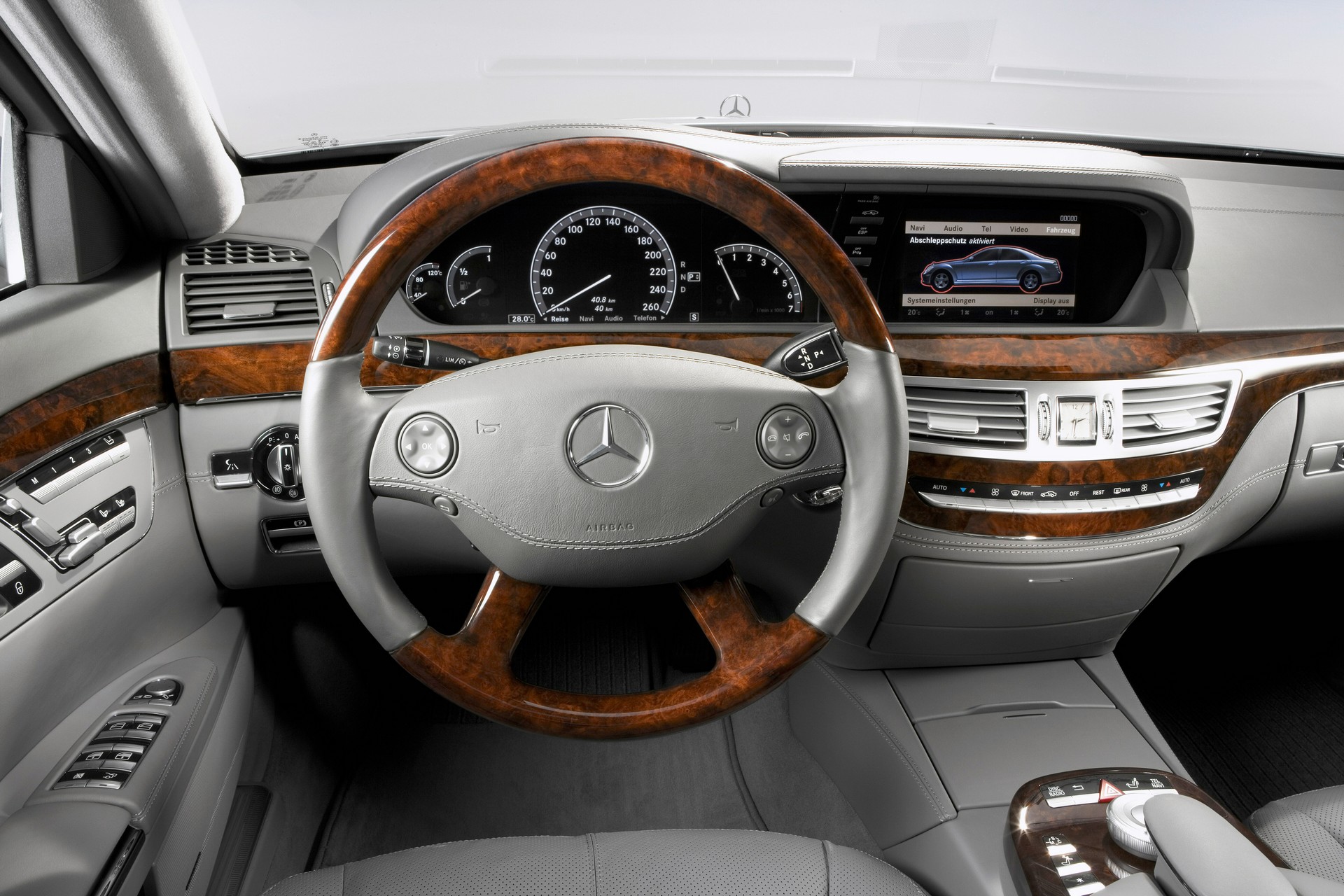Mercedes introduced the facelifted 2021MY E-Class in March, but now the company has revealed additional information about its high-tech steering wheel.
Set to arrive this summer, the capacitive steering wheel contains a “two-zone sensor mat” that is located in the rim and can detect whether or not a driver’s hands on are on wheel.
The sensors are located on the front and back of the rim and they effectively replace the previous sensors which relied to steering movements to determine whether or not a driver was in control of the vehicle. This is becoming increasingly important as semi-autonomous driving technology could make drivers complacent.
Also Read: Mercedes Gives 2021 E-Class A Facelift And A New Straight-Six
This has potentially deadly consequences as a fatal Tesla Model X crash was blamed on a combination of factors including an overreliance on Autopilot, the limitations of semi-autonomous driving technology, driver distraction and “ineffective monitoring of driver engagement.” Mercedes’ high-tech steering wheel will attempt to solve the latter.
Besides the new safety tech, the steering wheel has capacitive Touch Control buttons in the spokes. They allow for smartphone-like swiping gestures which enable drivers to easily adjust the volume or cruise control settings. The buttons also allow for more traditional presses.
According to Mercedes’ Creative Director of Interior Design, “Steering wheel design is a world of its own and a very special challenge that is often underestimated.” Hans-Peter Wunderlich went on to say “The fingertips feel little things that we normally don’t notice. If an unevenness is disturbing or the steering wheel does not fit snugly in our hands, we don’t like it. This haptic sensation is sent to the brain as feedback and determines whether or not we like the car.”
Steering wheels have come a long way since they were first introduced in 1894 by French engineer Alfred Vacheron. Before that, cars were equipped with steering levers or cranks because “carriage drivers were used to pulling on the right or left rein to direct the horses in the desired direction.”
The 1900 Daimler-Motoren-Gesellschaft Phoenix race car followed suit and Mercedes would go on to install a steering wheel in their Simplex. However, it was a far cry from what we use today as it had levers to regulate engine functions such as ignition timing and the air / fuel mixture.
The steering wheel continued to evolve as horns were added in the 1920’s and a column gearshift arrived in the 50’s. Later, the company introduced more modern features such as cruise control and airbags.




